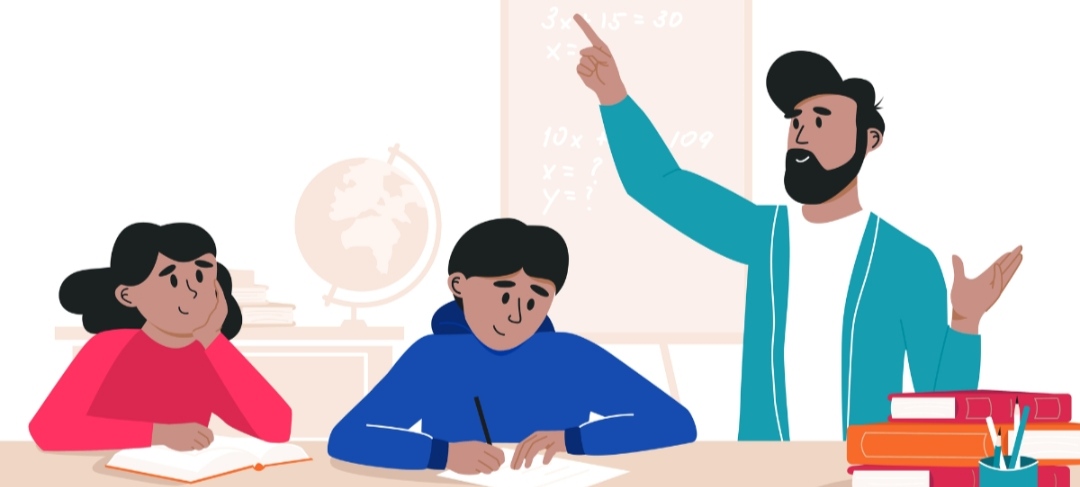I recently met with a colleague who had just returned from visiting a science teacher’s classroom, and when I asked her about her visit, she replied, “I love being in his classroom. I mean, he’s such a natural teacher.” I nodded, because I know just what she means. In this particular teacher’s classroom, the students produce thoughtful work and always seem engaged, even cheerful, which is no small feat for high schoolers. He has a gentle, relaxed way about him and when students start to act a little silly or get off task, he swiftly ushers them to their seat or nudges them to refocus.
I kept thinking about that phrase “he’s such a natural,” and what it means to be a “natural” at teaching. Or anything, really. I thought about the teachers I’ve worked with whom I consider to be “naturals,” and how they seem to teach effortlessly, how they bring humor into the classroom and make students feel safe and welcome so they can focus on learning and engaging with the content.
Professor and mentor Ruth Vinz always pushes educators to name the verbs we use in teaching. In other words, what does it mean to “teach?” In this case, what are those moves this “natural” teacher makes to keep his class running smoothly, so class time is spent on learning?
Non-confrontational strategies
Our classroom management resource can help you encourage students in your class who may need some redirecting, and proactively stop flare-ups before they start. The goal is to maximize class time with your students, and this resource may provide fresh ideas. As you look at the list, notice which strategies you are already doing and which you can try.
Below are some non-confrontational strategies from this resource that I use all the time.
Please note: if anyone in class is in danger of hurting themselves or others, the teacher needs to reach out for help immediately.




